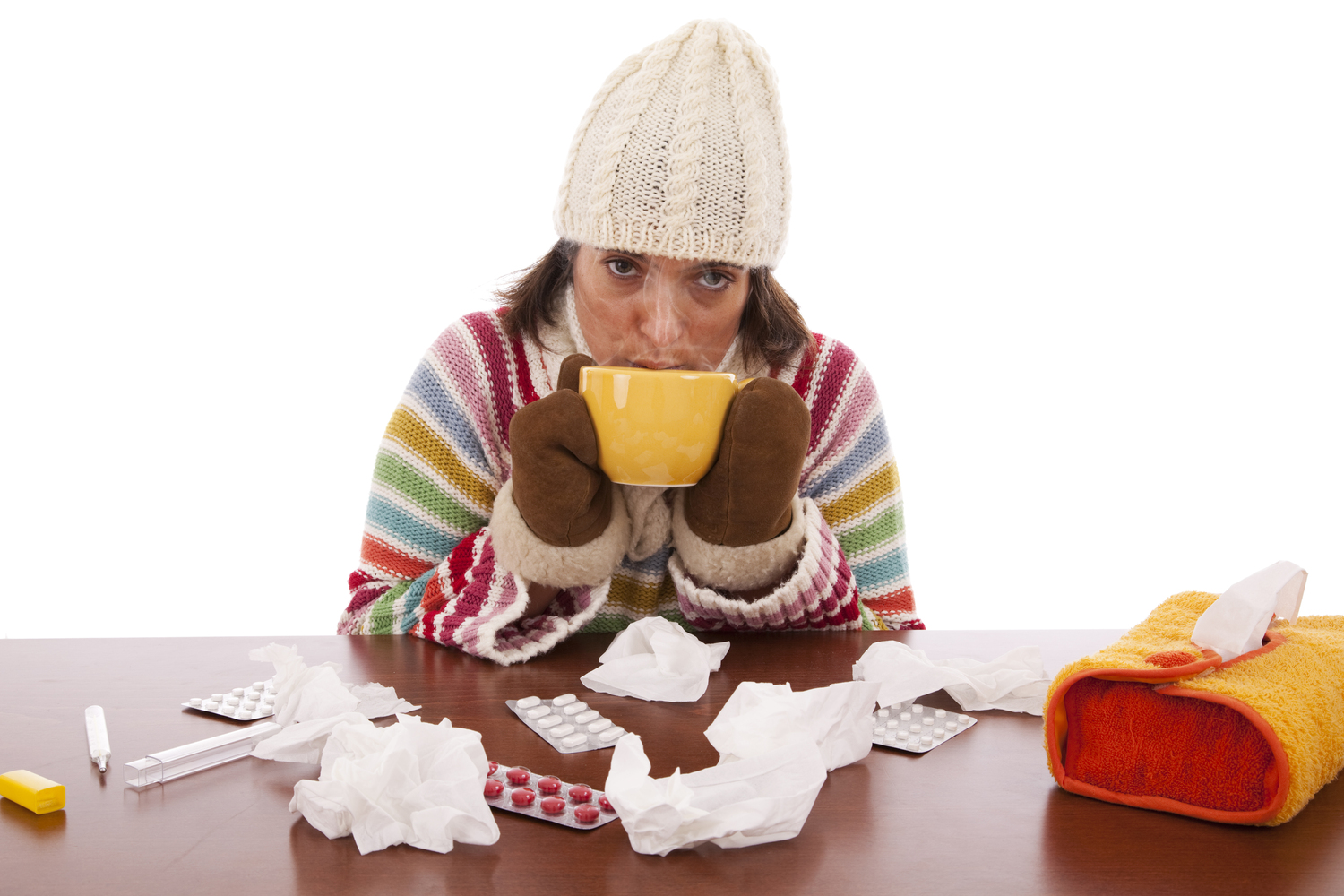
How to Prevent the Common Cold and Flu
The common cold and the flu (or influenza) are both respiratory illnesses that are commonly spread, but they are caused by different viruses. The symptoms of these two illnesses are somewhat similar, which means patients sometimes may have difficulty differentiating between the two based on symptoms alone. Generally, flu symptoms are more intense (and may include fever, nausea and vomiting) when compared to a common cold.
The flu can also lead to more serious conditions, such as pneumonia or sinus infections, as well as hospitalizations in older and immuno-comprimised patients. There are many treatment methods recommended by doctors when treating the cold or flu. In many cases, natural treatments and remedies are very effective in reducing and even preventing the symptoms caused by these viruses:
1. Cleaning and disinfecting
One of the most important methods of preventing a cold or flu is frequent cleaning and disinfecting of surfaces that can be touched by other people. Practicing proper hygiene by washing hands frequently and effectively reduces the amount of virus that is available to transfer from person to person or object to object. Many people cough or sneeze in their hands and this increases the spread of germs due to the tendency to touch items afterwards. If you cough or sneeze in your elbows it can reduce the spread of germs.
2. Chicken soup
A hot soup such as chicken noodle soup helps break up the congestion experienced from a cold or flu. The high salt content in soups along with the energizing protein (from a bone broth), plus soothing heat can reduce a sore throat and help fight off symptoms. Generally, a symptom of the flu is loss of appetite, thus eating some soup will not only give your body the energy to fight the virus symptoms, but also fill your stomach with comfort.
3. Use a humidifier or vaporizer
The mist from a humidifier or vaporizer can help reduce cough and congestion by providing moisture. This can help break up some of the symptoms caused by these viruses. One mistake people can make is using warm mist which can cause bacterial or mold growth. Cleaning these devices after each use is important to maintaining a clean environment and preventing more complications.
4. Breathe in steam
This is another effective way of helping clear your nasal area and respiratory passages. It won’t cure a cold or the flu but it will help ease some of the symptoms, such as nasal congestion, while your body continues to fight. One option is to fill a bowl with hot water, place your face over the bowl, and a towel over your head as you breathe in steam. Alternatively, you can use a neti pot to flush sinuses and break up congestion.
5. Drink lots of fluids
Drinking lots of fluids helps your body recover from the cold or flu by loosening mucus and congestion. The body uses many different forms of defense while fighting a cold or flu and hydration is a key way to combat the effects of the body’s fight.
6. Take vitamin C
While vitamin C does not prevent a cold or flu; it has been proven to help reduce the length of symptoms. According to several studies, patients experience a 8% reduction in the duration of flu symptoms when they take vitamin C. If a person feels a cold coming on it is suggested to take vitamin C supplements or consume vitamin C rich foods (i.e., orange juice, kiwi, etc.) early to have the greatest impact.


